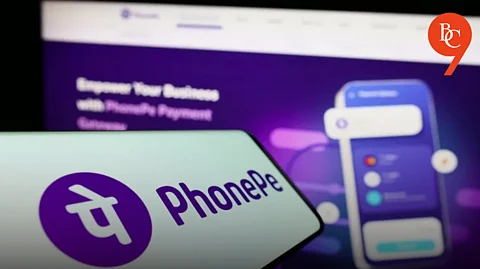

India’s digital payments landscape, powered by the Unified Payments Interface (UPI), has seen a remarkable shift in recent years, with PhonePe emerging as the clear leader. As of June 2025, PhonePe controls a staggering 47.2% share of all UPI transactions across the country, cementing its position as the go-to platform for millions of Indians.
According to official NPCI data and multiple industry sources, PhonePe processed over 8.54 billion transactions in June 2025 alone; equivalent to nearly half of all UPI transactions nationwide. These transactions amounted to a total value of ₹11.98 lakh crore, highlighting both the platform’s popularity and trust among users.
Several strategic decisions and innovations have propelled PhonePe into the top spot:
User Experience: Intuitive interface and consistently high transaction success rates.
Innovative Features: Integration of in-app services—bill payment, investments, insurance, and smart merchant QR codes.
Rural and Urban Reach: Aggressive onboarding of merchants (over 18 million nationwide), with rapid expansion into tier 2/3 cities and rural areas.
Financial Incentives: Cashback, rewards, and referral programs driving user retention and transaction frequency.
Advanced Tech Adaptation: Early adoption of AI-powered support and robust security measures to ensure trust.
While PhonePe continues its upward trajectory, the competition remains intense in India’s fintech sector:
Google Pay closely trails with 36.1% share and over 6.54 billion transactions monthly.
Paytm holds 7% but faces stiff competition from new entrants like Navi and Super.money, which are slowly capturing market attention.
Concentration: Together, PhonePe and Google Pay make up more than 80% of all UPI transactions in India, highlighting a duopoly in the space.
Ninety percent of merchants across India now accept PhonePe. From local kirana stores to large e-commerce platforms, the fintech powerhouse is enabling seamless digital transactions for millions. Its adaptability to local needs and strong on-ground presence in urban, semi-urban, and rural markets have fortified its dominance.
